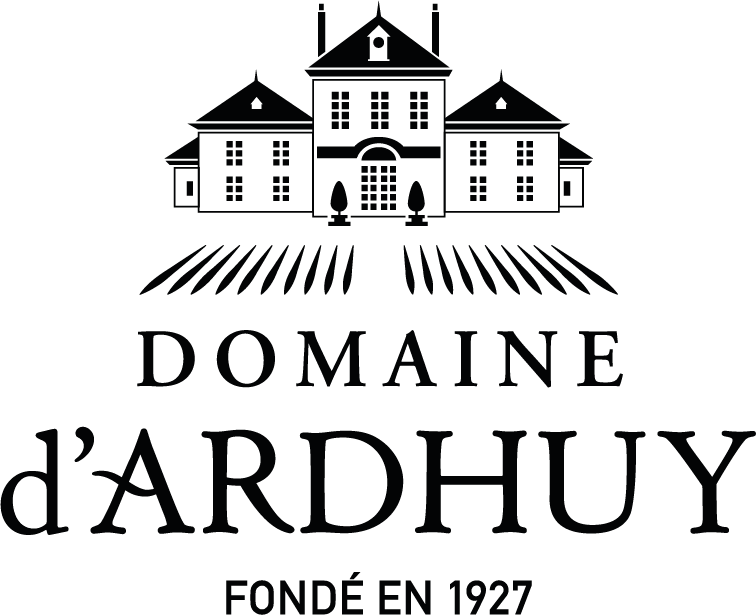500 years ago
MONKS AND WINE: CLIMATS, CLOS AND “SITE-SPECIFIC” WINES

From the 10th century onwards, viticulture in Burgundy was very much the responsibility of monastic communities. Over the centuries, the monks became veritable experts and were key to the advancement of every aspect of vine growing and winemaking: vine pruning, grape variety selection, wine preservation, and so on. Most notably, the monks laid the foundations for two fundamental concepts that define the identity of Burgundy’s terroir and the creation of site-specific wines:
• Climats: Precisely demarcated plots of land, distinguished by soil composition and local climatic conditions. Each of these parcels produce wines with distinct characteristics, which are carefully classified according to their quality.
• Clos: These are Climats enclosed by stone walls, originally built to protect the vines from animals but also to signify the prestige of the vineyard. These walled vineyards have shaped the landscapes of Burgundy and are today one of its most iconic features.
Several of the most emblematic plots within the Domaine d’Ardhuy estate can trace their origins directly back to these monastic holdings. Most notably, we cultivate three parcels that are both Monopole (exclusively owned by our estate) AND Clos: Ladoix Clos des Chagnots (red), Ladoix 1er Cru Le Rognet et Corton (white), and of course Le Clos des Langres (red and white), a renowned Monopole of 3.07 hectares (c.7.5 acres), named after the Bishops of Langres, its original owners. The first historical mention of this vineyard dates back to 1216, in a document by Duke Odo III of Burgundy. We also own a prestigious parcel within Clos de Vougeot Grand Cru, located in the lieu-dit (place name) Petit Maupertui, the very site where the monks of Cîteaux once kept their cellar—first mentioned in 1112.
A brief history
The abbeys of Cluny (founded in 910) and Cîteaux (founded in 1098) are emblematic of the Christian revival that swept through Europe from the 10th century onwards. The monks adhered to the Rule of Saint Benedict, which combined prayer and manual work (ora et labora). This way of life led to the development of intense agricultural activity, with viticulture rapidly becoming a central focus.
At that time, the vineyards of Burgundy were owned by powerful abbeys and other religious orders, whose contributions played a crucial role in the region’s growing renown. The monk-winemakers transformed Burgundy into a wine region unlike any other in the world, driven by a constant pursuit of excellence and a pioneering understanding of “site-specific” winemaking (terroir, climat, clos).
The village of Corgoloin lies at the crossroads of territories influenced by—and at times disputed between—these religious institutions. Notably, two parcels in this area were once owned by the Chapter of Langres: the current Clos des Langres and the adjacent plot known as Aux Langres. The canons of Langres also owned Clos du Chapitre in Fixin and the other Clos du Chapitre in Gevrey-Chambertin
